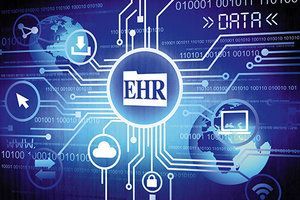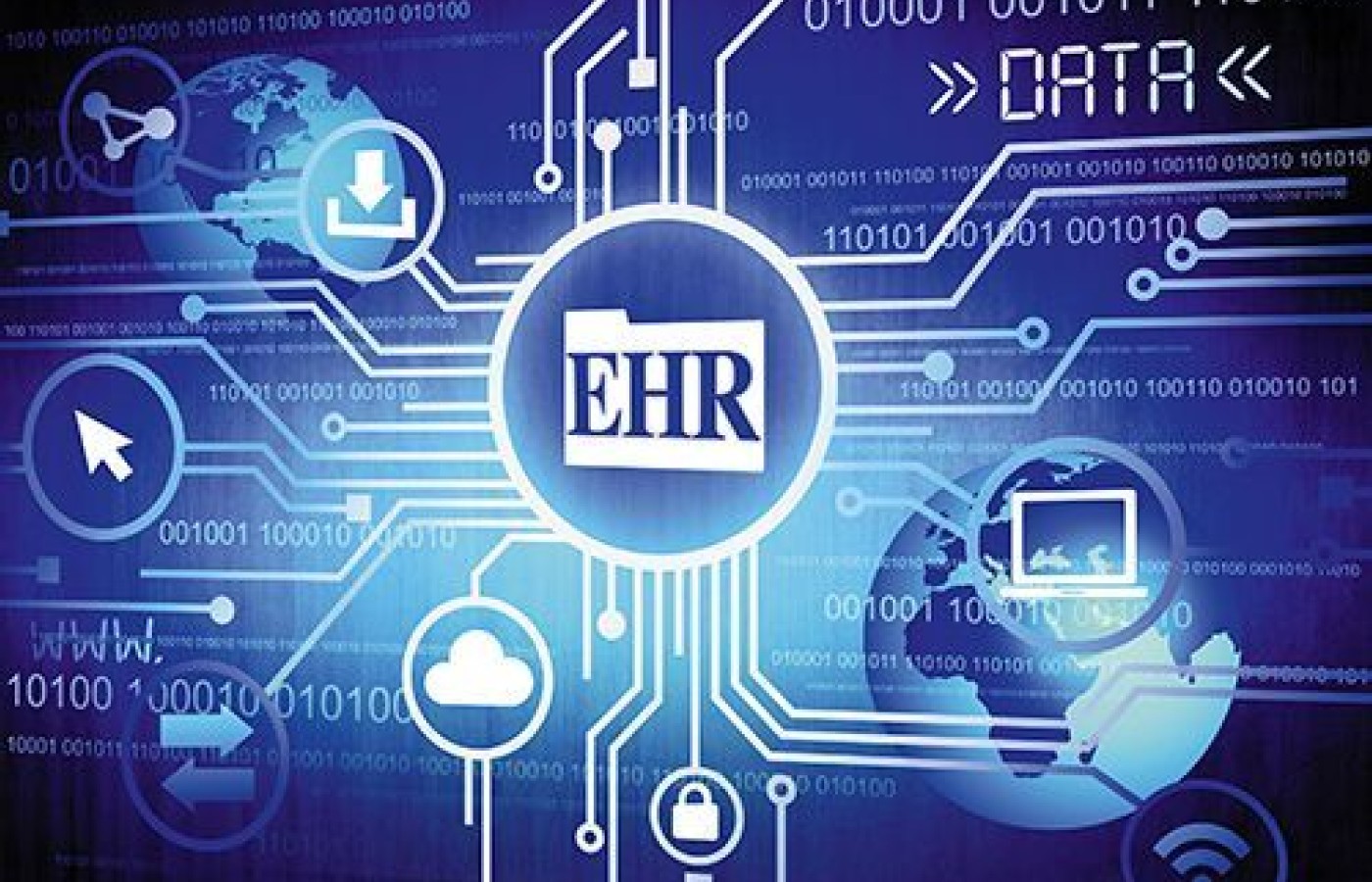Refund requests are an unavoidable part of running a chiropractic practice. Whether a patient is unhappy with their care, believes an adjustment caused harm, or simply changes their mind, these situations must be handled carefully to avoid escalation. While chiropractors are not legally obligated to issue refunds in most cases, there are times when doing so is the best business decision to protect the practice.
Choosing the Right Technology to Maximize Efficiency
Modern chiropractors operate in a fast-paced, ever-changing world. With recent regulation changes, insurance complexities and business requirements, the precious time and attention of doctors seems to be stretched thinner than perhaps ever before. To excel in such a demanding environment, doctors everywhere are now turning to advanced technologies such as Electronic Health Record (EHR) software to maximize their practice's efficiency. These EHR programs can streamline the daily activities of a clinic, simplifying functions such as scheduling, billing and reporting, while still meeting the demands of the government, insurance companies and patients alike.
Although the advantages of using EHR software are numerous, choosing the right program isn't always a simple task. Doctors must wrestle with a number of important decisions while navigating the process of choosing the EHR software that's right for their practice.
EHR vs. Function-Specific Software

When doctors and their staff are considering EHR software for their clinic, the first and most obvious consideration should be to identify exactly what functionality is required. There is no one best EHR solution for every chiropractic clinic, so doctors need to take time to decide what is most appropriate for their business. While a number of complete EHR software options are available, these systems may not be a valuable investment for those clinics seeking only a scheduling or billing application. For those clinics, the choice of a smaller, function-specific program may best meet a doctor's needs.
But with that in mind, it's also important to consider exactly how each clinic will successfully navigate the modern complexities and regulatory requirements facing chiropractors today. Many doctors will benefit from a complete EHR program that assists in the coordination of all a clinic's many functions. The efficiencies gained in utilizing a complete EHR program are often critical to the success of busy doctors, allowing them to treat more patients and grow their business. So, doctors with a more limited view of their needs may also consider expanding their outlook to see how software with a complete integration of chiropractic functions can lead to greater success in the long run.
Design & Flow
No one wants to spend the majority of their work day using software that's complex and confusing. So, when doctors and their staff are evaluating EHR software for their clinic, the design and process flow of the program itself is a critical consideration. Keeping in mind how tech-savvy their personnel are, doctors should answer a number of questions during their review process. Is the software naturally intuitive, or will a significant amount of training be required? Can someone easily and understandably navigate through the various program features, or do they get lost when moving from scheduling to billing to SOAP notes?
Does the software appear to be designed specifically for chiropractors, or was it produced as a general medical EHR and retrofitted for use by the chiropractic industry? Does the software provide doctors detailed macros that quickly and accurately populate SOAP note text, or are doctors always required to free type all text? Are there system checks performed to ensure that billing and reconciliation is error-proof, or does incorrect data go unnoticed by the program? Questions like these can help doctors ensure they make the most of their EHR software evaluations. In the end, it's important for chiropractors and their staff to consider to what degree the technology will be working for them and how hard they'd be working for their software.
Cloud-Based vs. Local Storage
The modern world has gone mobile and the chiropractic industry is no different. Many doctors are now seeking the flexibility to access their clinic data from more than just a single office computer. Fortunately, there are EHR software solutions available that provide cloud-based access, giving personnel the ability to use the Internet to connect to their EHR program from any Internet-connected computer. One major advantage of cloud-based software is the access it provides from multiple rooms in a clinic without requiring the challenges of establishing a local area network. Doctors can also access their data and complete SOAP notes from outside the office, adding the convenience of working from home as well. And because cloud-based software stores all data on an external server, computer problems such as hard-drive crashes won't put patients' data at risk.
Cloud programs even make updates easier, as software can be instantly updated on the cloud, rather than requiring installation on each of a clinic's individual computers separately. While there are certain advantages to cloud-based software, the downside to these programs is that a constant and reliable Internet connection is a must. Clinics in rural locations or areas with slower or unreliable Internet connection may be better served choosing an EHR solution that stores all their data on a local device. Data access needs should play an important part in any doctor's EHR decision.
Device Limitations
Life can be a lot easier for doctors and their staff when they are using EHR software on a computing device they are comfortable with. So, when choosing EHR software, it's important for chiropractors to consider which type of device their staff is most comfortable working with. Whether an individual prefers a Windows desktop, a Macintosh laptop, or a tablet device such as an iPad or Windows 8.1 device, doctors don't have to sacrifice their preferred devices in order to use EHR software. Depending on the preference, various EHR software programs are available to meet the needs of the industry.
Although they are less common, there are even EHR solutions that allow users to work from any of these devices, giving a clinic and its users maximum flexibility in ensuring everyone is comfortable using the device they prefer. When choosing the EHR software that best fits their needs, it's important to not only consider the learning curve necessary for the software, but also any challenges faced by a change to hardware as well. Doctors should be sure to question their EHR provider before buying and make sure that any limitations on hardware devices won't lead to further costs or confusion for their clinic.
Touch Capability
Like many other industries, the advanced technologies of the chiropractic industry are starting to include touch-screen capabilities in their products as well. Currently, many desktop monitors and laptop screens have joined tablet devices in coming equipped with touch-screen capability. So chiropractors who own hardware that supports touch-movement are now often turning to EHR systems that can support this advancing technology. Those using a touch-screen EHR system often require less equipment, have improved mobility and enjoy a simpler, speedier design and functionality.
While nearly all touch-capable software is also functional with the standard keyboard and mouse, the flexibility of a touch-capable EHR solution can give doctors and their staff another way to maximize efficiencies. However, like all technology changes, touch-screen use isn't for everyone and each EHR software implements its use differently. When considering an EHR solution for their clinic, doctors should reflect on how their personnel would adapt to touch-based technology and whether the EHR software in question can truly provide a successfully experience via the use of a single index finger. Ultimately, doctors would be wise to base any EHR decisions on both their software needs today, as well as their needs in the years to come.
Backup & Security
Few things, if any, can wreak havoc on the success of a chiropractic clinic like the loss or breach of patient data. When considering EHR solutions, doctors should most certainly consider how, where and how often their clinic and patients' data will be stored, secured and backed up. EHR programs each contribute to the safety and storage of clinic data in different ways, with cloud-based solutions using secured servers and local storage solutions relying on manual protections. But in the end, it's up to each chiropractor to be sure that all their clinic's data is stored safely in a HIPAA compliant manner.
When choosing an EHR option, inquire about how clinic data is stored. Ask if and how often automatic backups are performed. Find out about the restoration process and how long it takes to recover lost data from backups. Be sure any live and backup data is secured from unauthorized access. A single incident of data loss or breach can make or break the success of a clinic. EHR software exists in part to assist doctors in ensuring the proper measures are in place to prevent disasters. Before making any decisions, doctors should be sure to know how any EHR software will contribute to the safety and reliability of their critical information.
Choosing the right EHR software isn't always an easy task. But doctors who invest the time in making an informed EHR decision often end up saving far more time and effort in the long run. With a little planning and armed with the right questions to ask, chiropractors everywhere can find the EHR software program that's just right for them.



